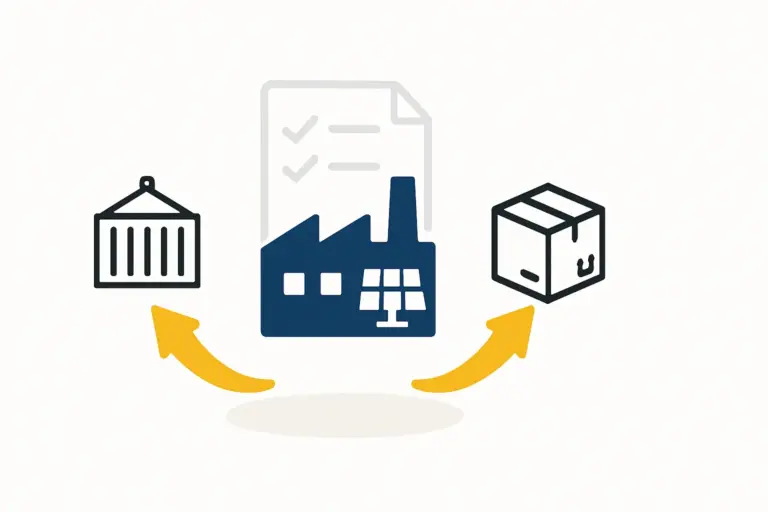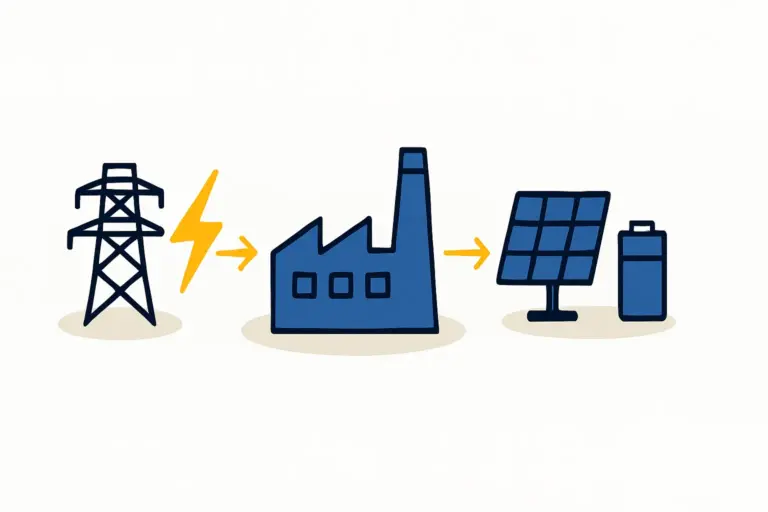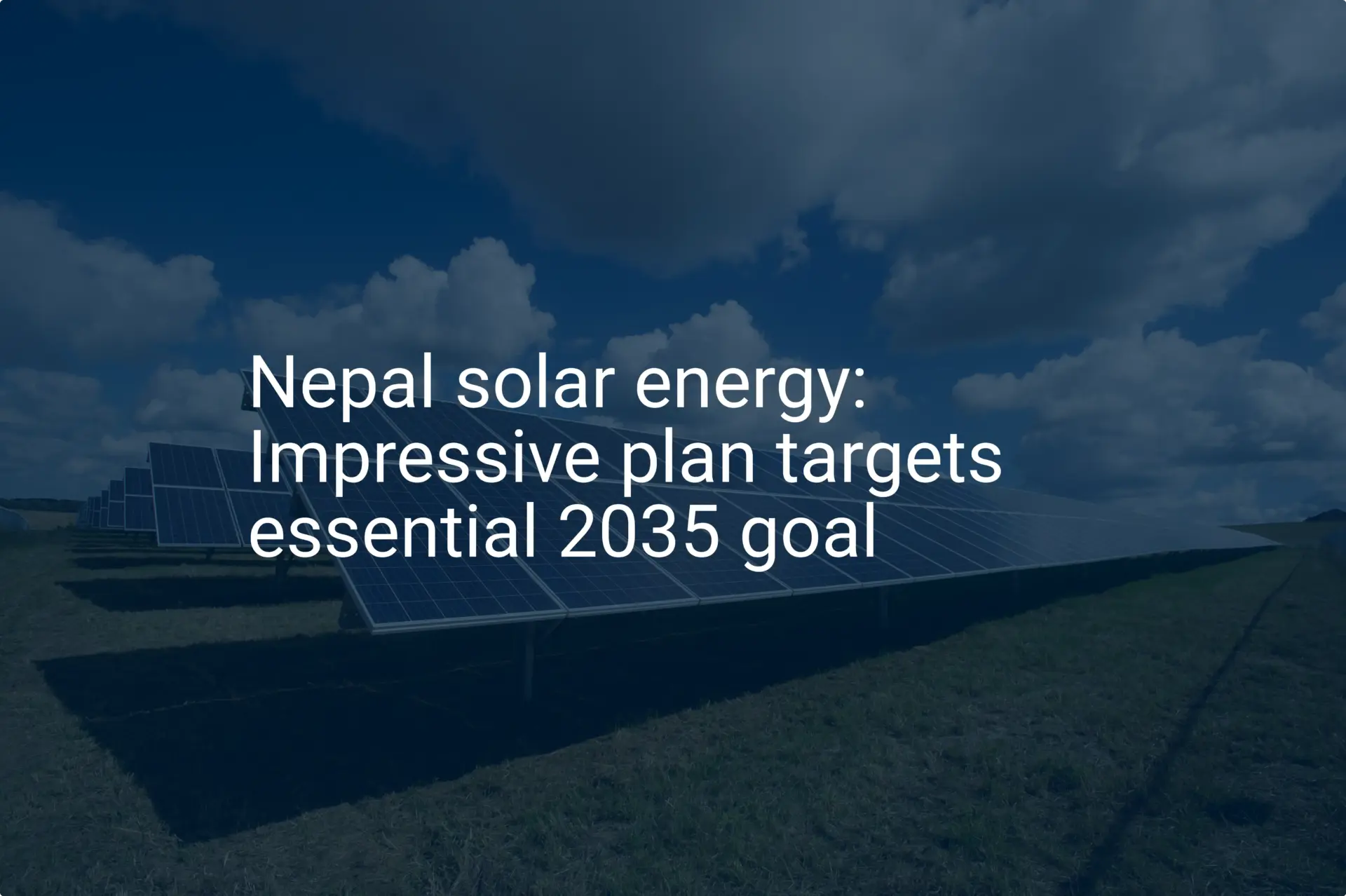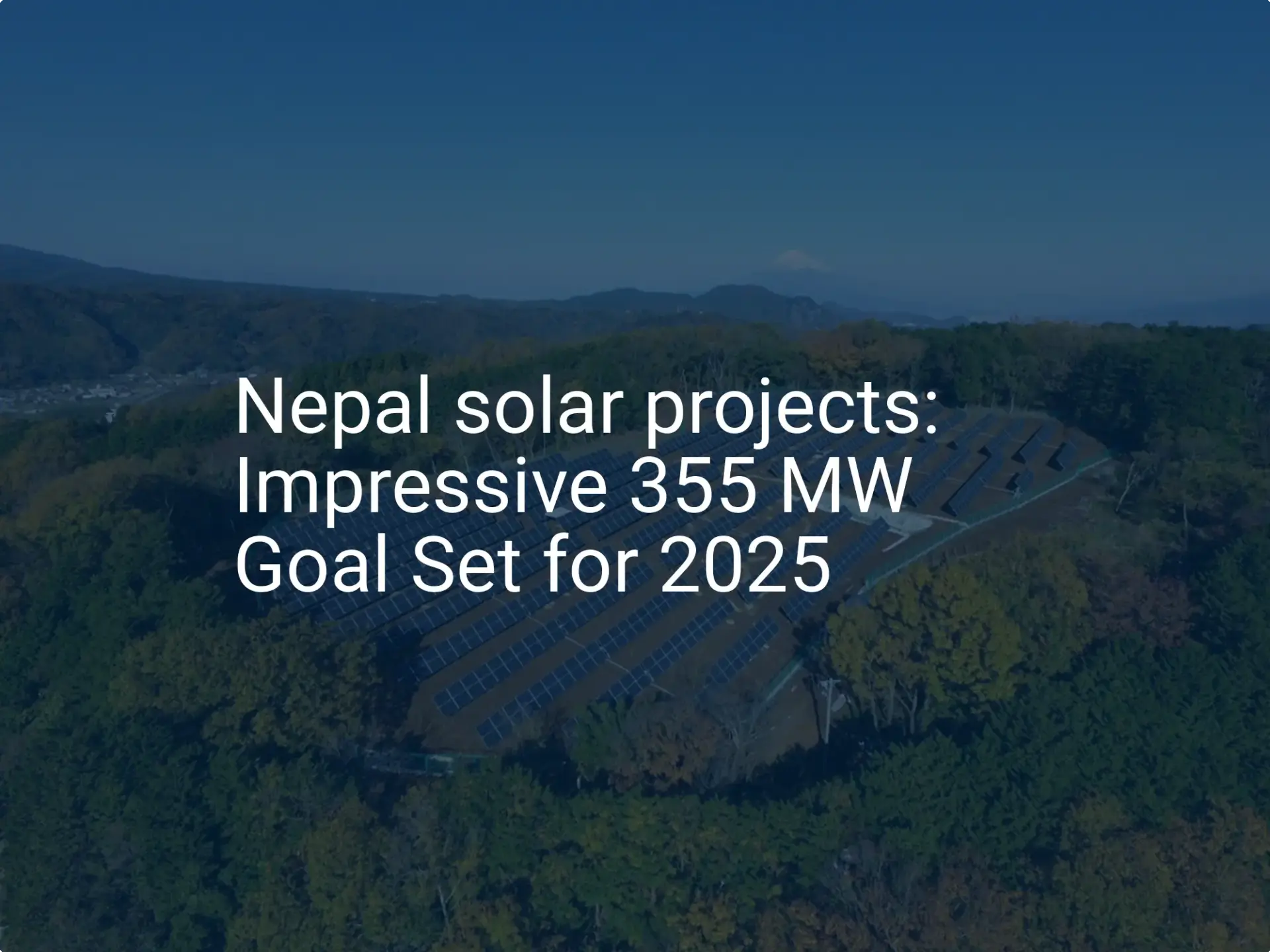Nepal’s energy landscape presents a unique challenge alongside a significant opportunity. While electricity access has reached an impressive 95% of the population, the grid’s heavy reliance on hydropower—which accounts for 99% of generation—makes it vulnerable to seasonal water flow and the long-term impacts of climate change.
The path to a more resilient energy future, for entrepreneurs and national planners alike, lies in diversification. Solar power stands out as the most promising complement to Nepal’s existing infrastructure.
The government’s ‘Energy Decade’ initiative, with its goal of sourcing 15% of the energy mix from non-hydro renewables by 2030, is creating a favorable environment for investment in local solar module manufacturing. Beyond securing capital and technology, however, a critical question remains: how do you build the skilled technical team needed to operate a modern solar factory in a market where such specific experience is scarce? This isn’t so much a barrier as a foundational step—one that, when done right, creates lasting local value.
The Strategic Importance of Local Talent in Nepal’s Solar Future
Establishing a solar module assembly plant in Nepal is more than a commercial venture—it’s a strategic investment in the country’s economic and energy sovereignty. A local manufacturing base reduces dependence on imported panels, eases supply chain risks, and shortens delivery times for national solar projects.
Most importantly, it addresses the pressing social issue of youth unemployment. Nepal has a young, growing population, with many seeking jobs abroad. A local solar industry creates skilled, well-paying technical positions that can retain this talent within the country. By developing motivated individuals into proficient technicians, a solar factory contributes directly to industrial development and a sustainable national workforce.
Sourcing Your Technical Team: Potential and Preparation
The primary challenge for a new solar enterprise in Nepal isn’t a lack of potential workers, but a shortage of specific, pre-existing skills in photovoltaic manufacturing. The solution is a two-part strategy: identifying candidates with strong foundational knowledge and implementing a robust in-house training program.
Identifying Recruitment Channels
The most reliable sources for technical recruits are institutions under the Council for Technical Education and Vocational Training (CTEVT) and other polytechnic colleges. Graduates from programs in electrical, electronic, and mechanical engineering possess the core aptitudes needed to learn the specifics of solar module assembly.
During recruitment, the focus should be less on prior solar experience and more on:
- Technical aptitude and problem-solving skills.
- Attention to detail and a commitment to quality.
- The ability to work effectively in a structured, team-based production environment.
For supervisory roles, you may need to hire one or two individuals with prior manufacturing experience, who can then act as key trainers and managers for the locally recruited team.
Essential Roles for a Starter Production Line
For a typical small-to-medium-scale assembly line (e.g., 20–50 MW annual capacity), a team of 20 to 30 employees is typically enough to run a single shift. Understanding these key roles is fundamental when starting a solar module manufacturing business.
-
Line Operators: The core of the workforce, these individuals operate the various stations on the production line, from cell stringing to lamination and framing.
-
Quality Control (QC) Technicians: Responsible for visual inspections and operating testing equipment (like EL and IV testers) to ensure every module meets specifications.
-
Maintenance Engineer/Technician: A critical role managing the upkeep, calibration, and repair of the solar module assembly machines. This person should have a strong background in electromechanical systems.
-
Production Supervisor: Oversees the daily operations of the assembly line, manages the team, and ensures production targets and quality standards are met.
Designing an Effective In-House Training Program
Given the nascent state of solar manufacturing in Nepal, a structured in-house training program is not optional—it is essential. This program must turn individuals with general technical knowledge into specialists capable of producing high-quality solar modules. The training is typically divided into three phases.
Phase 1: Foundational Knowledge and Safety
This initial phase takes place in a classroom before any hands-on work begins. It covers the theoretical and safety principles that underpin the entire manufacturing process.
-
PV Fundamentals: An introduction to how solar cells work and how they are assembled into a durable, energy-producing module.
-
Materials Handling: Proper procedures for handling sensitive components like solar cells, glass, and encapsulants.
-
Workplace Safety: Comprehensive training on electrical safety, chemical handling, and emergency procedures specific to the factory.
Phase 2: Hands-On Machine Operation
This is the most critical phase, where trainees learn to operate the specific equipment on the assembly line under close supervision.
Experience from J.v.G. turnkey projects shows this phase is most effective when led by an experienced process engineer, often provided by the technology supplier who commissioned the line. This approach ensures that operators learn correct procedures and best practices from day one. Training covers each major process step:
- Cell Stringing and Bussing
- Layup and Lamination
- Framing and Junction Box Installation
- Final Testing and Sorting

Phase 3: Quality Control and Process Refinement
Once operators are comfortable with the machinery, the focus shifts to product quality. This phase involves in-depth training on solar panel quality control protocols. Technicians learn to identify defects through visual inspection and to interpret data from electroluminescence (EL) and IV-curve testers. This training instills a culture of continuous improvement, where every team member feels responsible for the quality of the final product.
Common Challenges and Practical Solutions
Entrepreneurs entering this sector in Nepal will likely face a predictable set of workforce challenges. Proactive planning can turn these into manageable tasks.
-
The Initial Skill Gap: This is the most evident challenge. The solution is to accept that you are not hiring ready-made experts but investing in developing them. A structured training program, potentially led by an external expert for an initial ‘train-the-trainer’ phase, is the most effective approach.
-
Staff Retention: In a market where skilled labor is scarce, retaining trained employees is crucial. Retaining them means offering competitive compensation, a safe and professional work environment, and clear opportunities for career advancement.
-
Training Costs: The time and resources for training represent a significant upfront commitment. This should be factored into the project’s initial investment requirements. Viewing training as a core capital investment, rather than an operational expense, is key to building a sustainable and competitive business.

Frequently Asked Questions (FAQ)
How many employees are needed to start a small solar module assembly line?
For a semi-automated line with an annual capacity of 20–50 MW, a workforce of approximately 20–30 people—including operators, quality control staff, maintenance, and supervision—is typically required to run one shift.
How long does it take to train a new workforce to full productivity?
The initial intensive training phase usually takes two to four weeks. However, reaching optimal efficiency is a gradual process that can take three to six months as the team gains experience and refines its workflow.
What educational background is best for entry-level technicians?
A diploma or certificate from a technical training institute (like those under CTEVT) in fields such as electrical, electronics, or mechanical engineering provides an excellent foundation. Most importantly, candidates should have a willingness to learn and a keen attention to detail.
Is it necessary to hire foreign experts to run the factory?
For the initial setup and training, it is highly advisable to have one or two experienced engineers on-site. Their primary role should be to transfer knowledge and establish processes, empowering the local team to take over full operational responsibility. This ‘train-the-trainer’ model is a proven and cost-effective strategy.

Developing a skilled local workforce is the cornerstone of a successful solar module manufacturing business in Nepal. It requires a deliberate investment in people, processes, and training. While challenging, the outcome is a competitive advantage that not only benefits the business but also contributes significantly to the nation’s industrial capacity and energy independence.
Understanding this human capital component is a critical step in the journey. Explore our resources on business planning, technology selection, and factory layout to guide you through the next stages of establishing your solar manufacturing facility.






